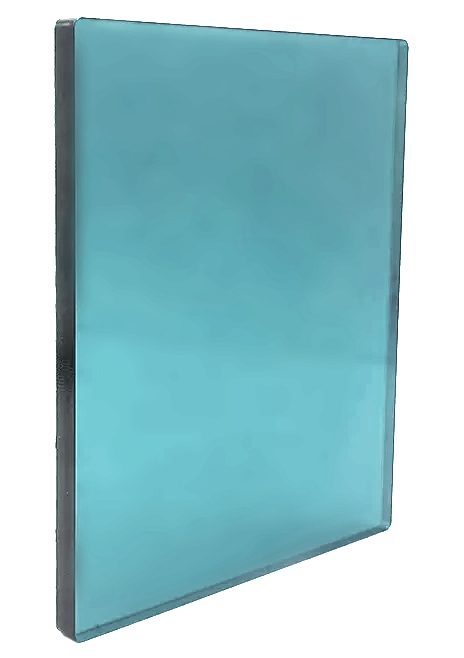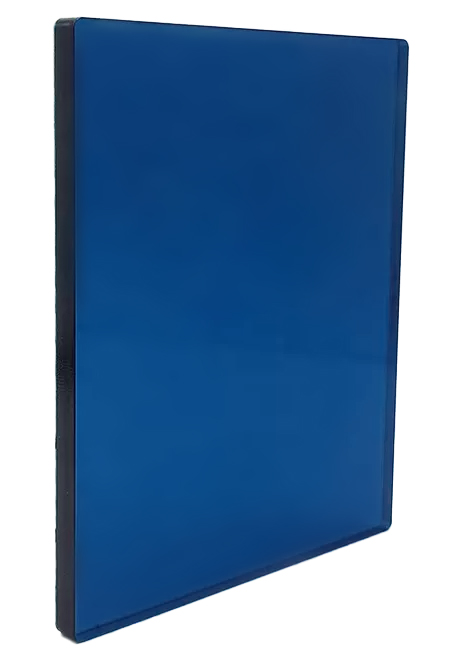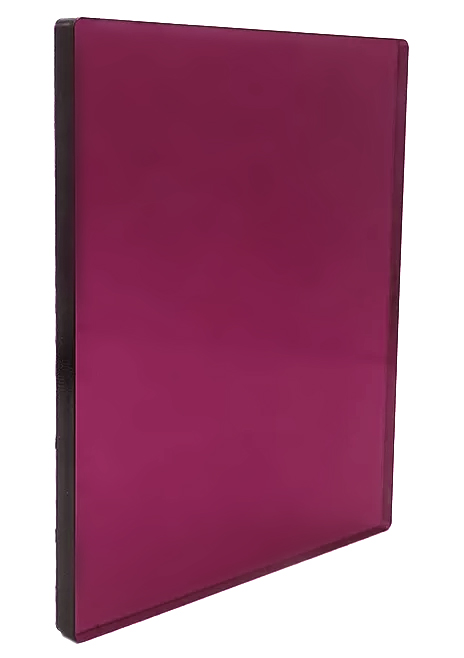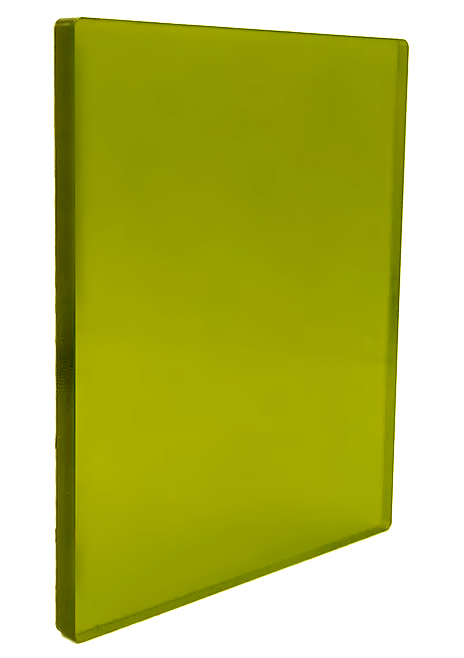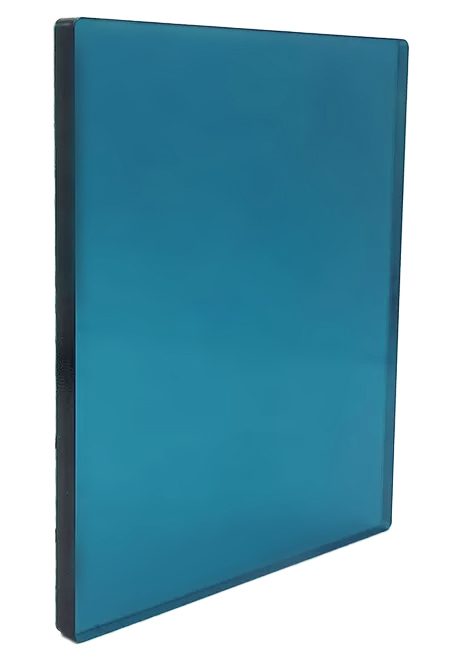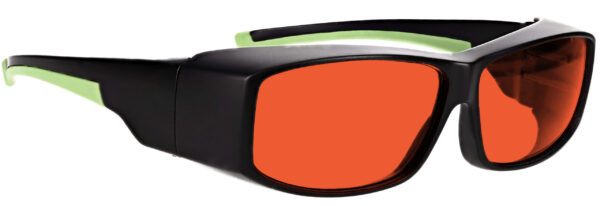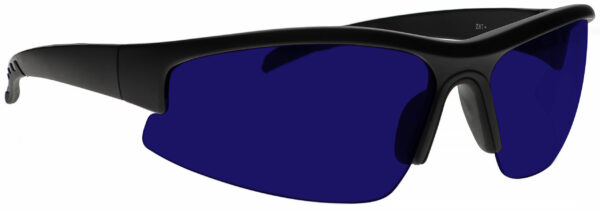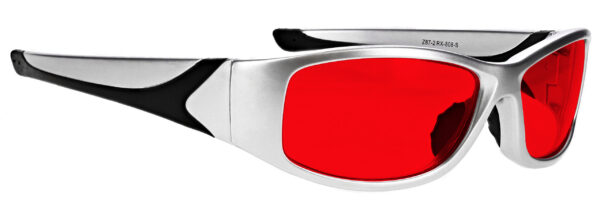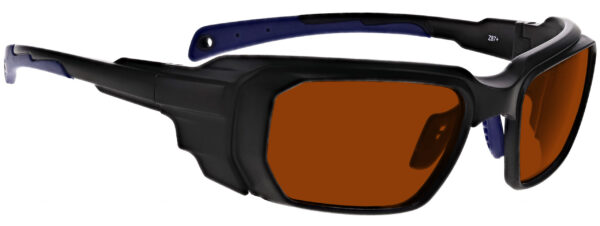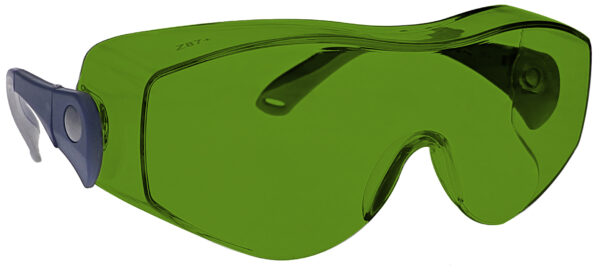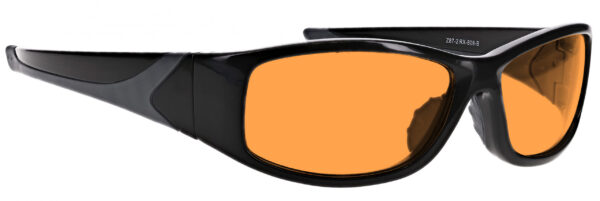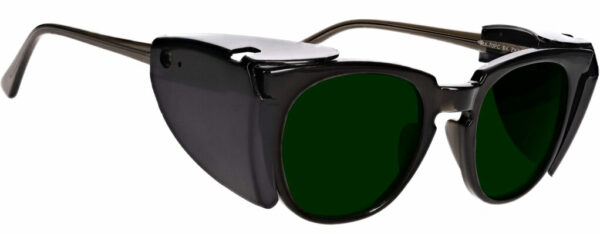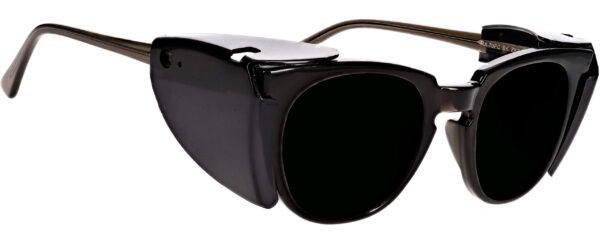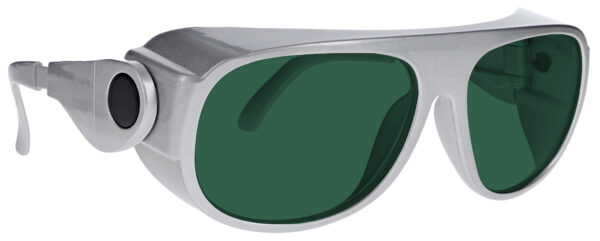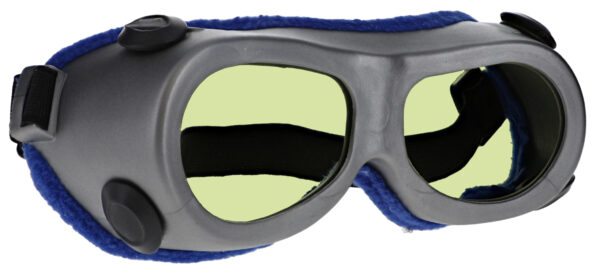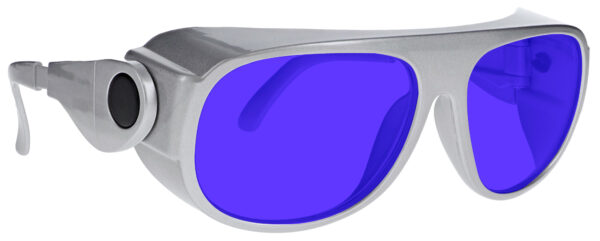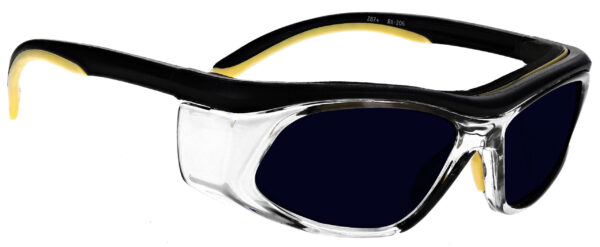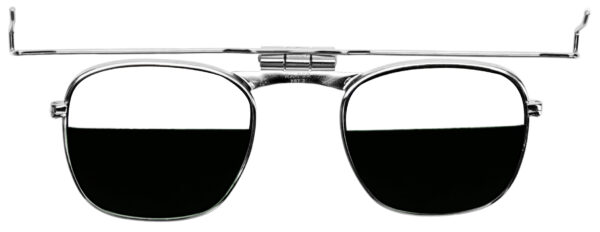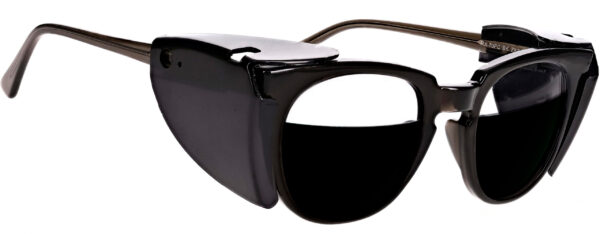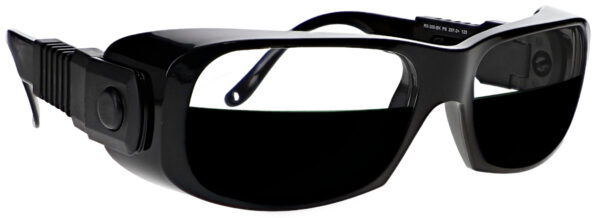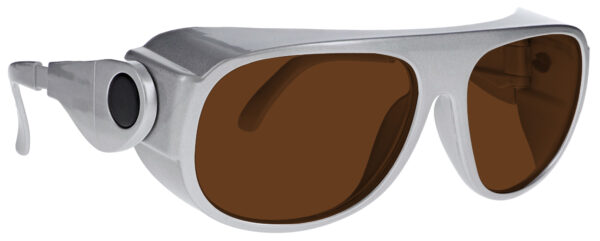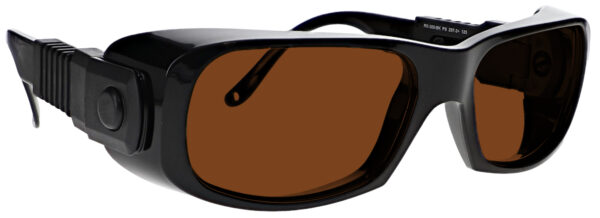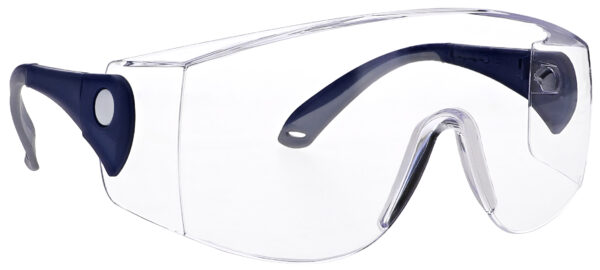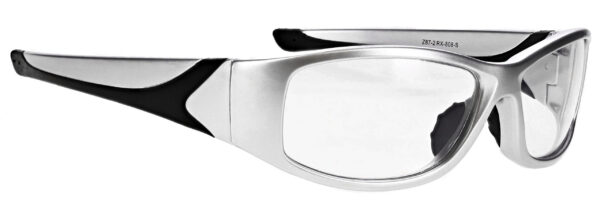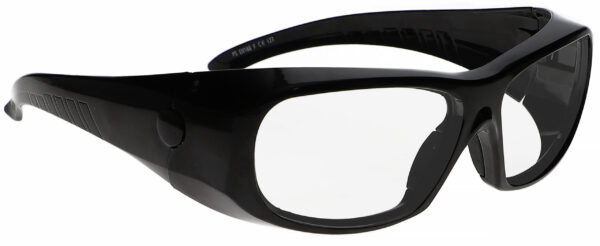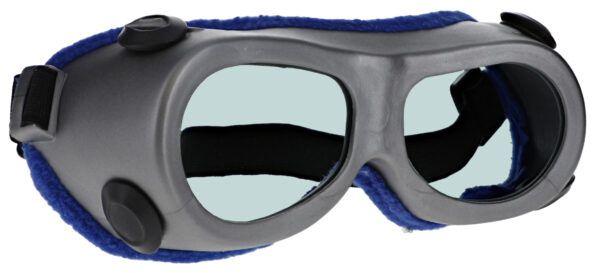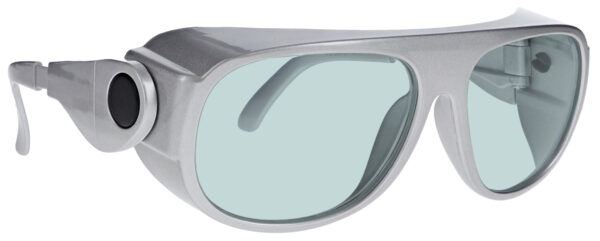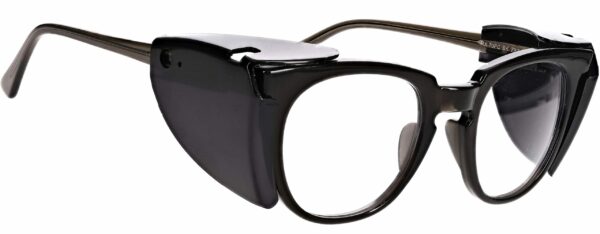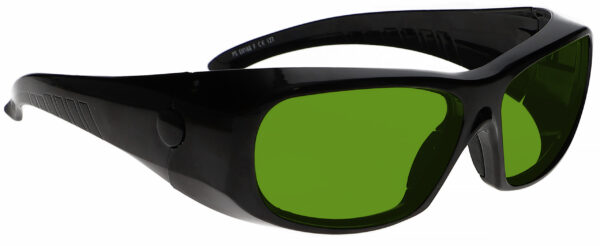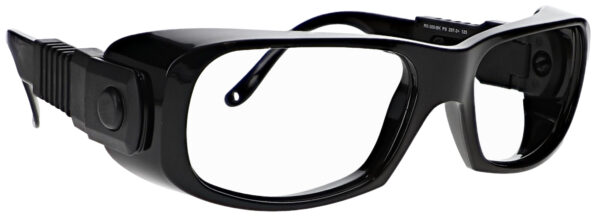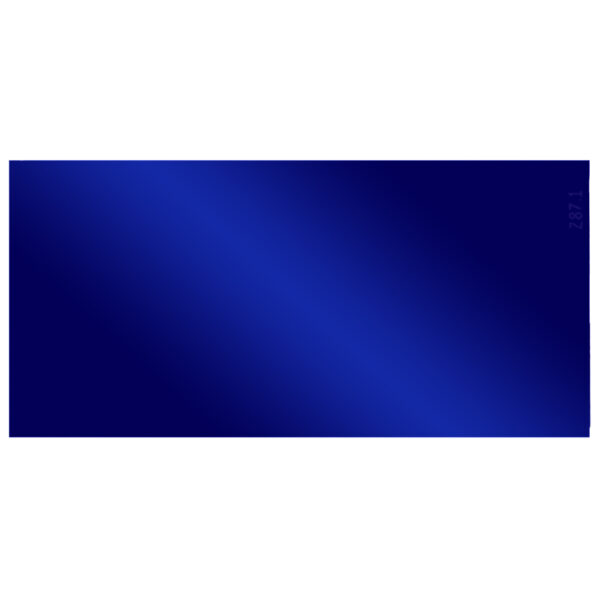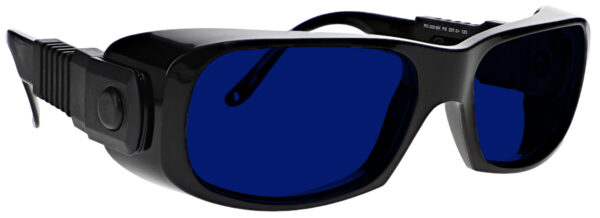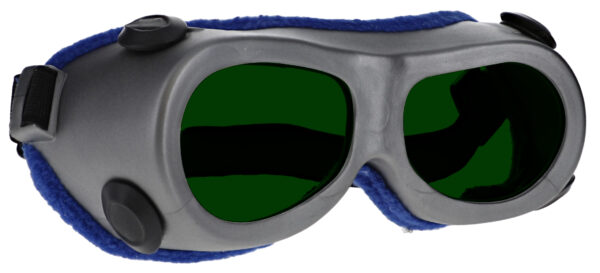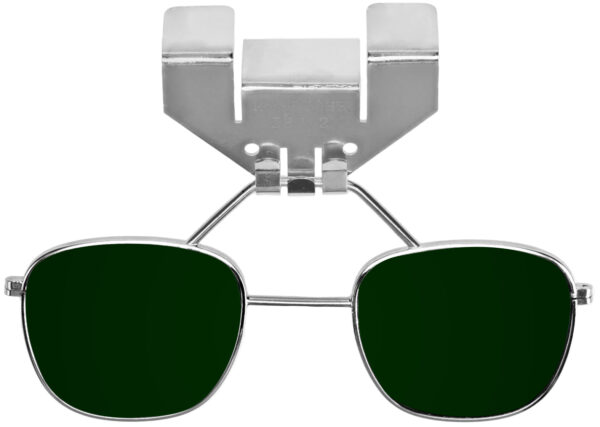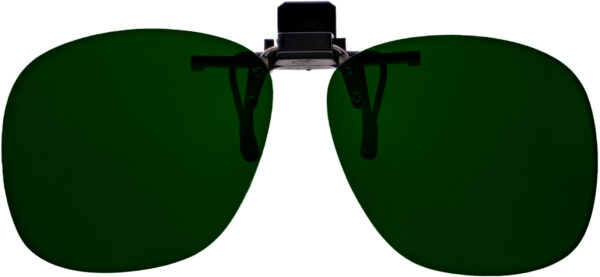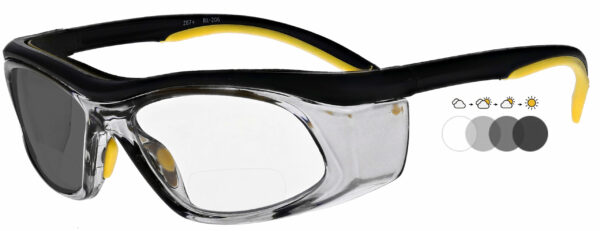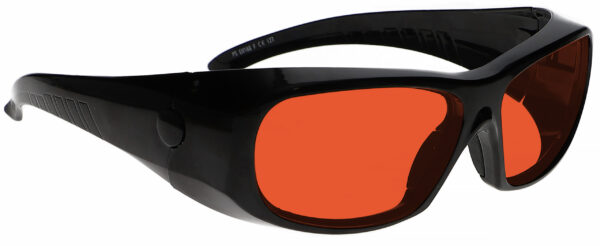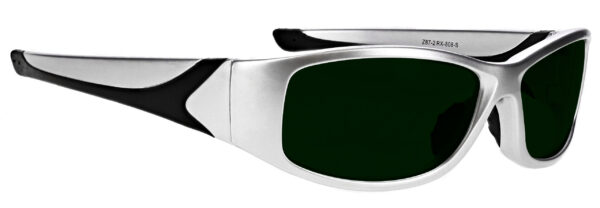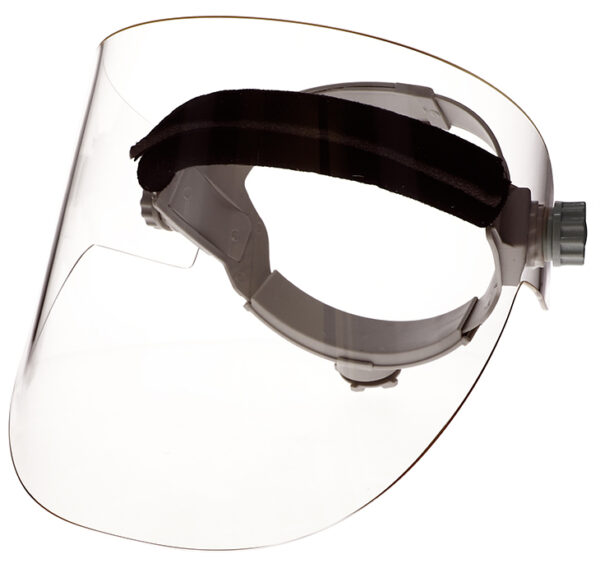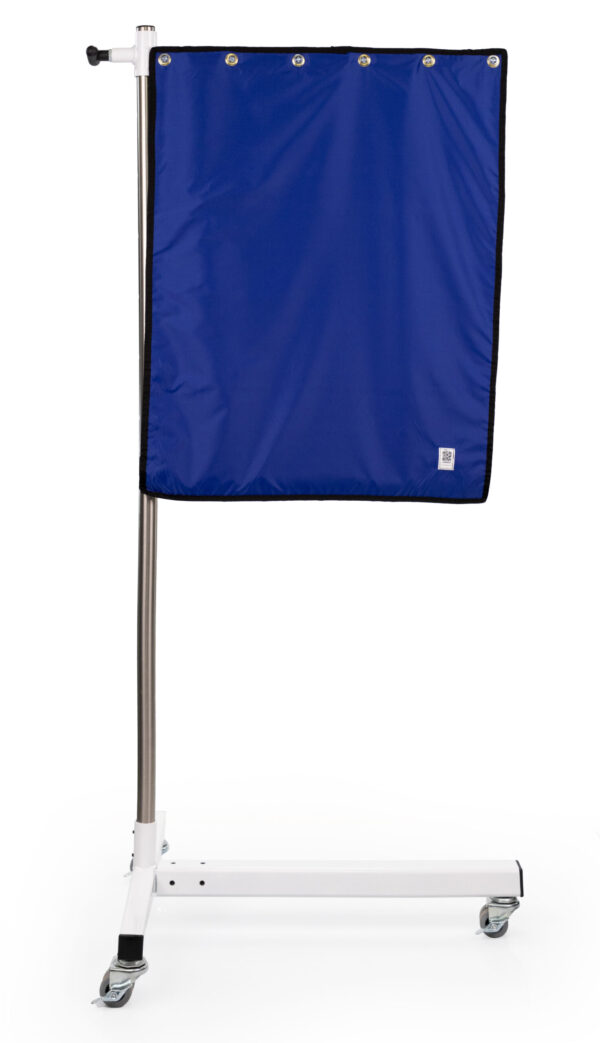Protect Your Work Environment with an Optimal Laser Barrier System
Laser barrier systems come in various sizes, from compact options that are only slightly larger than a door to enclosures that occupy many square feet of space. The choice of which laser barrier system to install will depend on the specific requirements of your laser system. Fortunately, most companies that manufacture laser barriers, curtains, and barrier systems offer both standard sizes and custom options that can be tailored to meet your unique needs.
Whether you are a Laser Safety Officer looking to improve laser safety in your workplace or an individual in need of a laser barrier system, this article is designed to provide valuable insights into selecting the right laser barrier for your needs.
IMPORTANT FACTORS TO CONSIDER WHEN CHOOSING A LASER BARRIER SYSTEM
Choosing the right laser barrier system is crucial to ensure the safe operation of your laser. Factors such as laser power, beam size, and wavelength need to be considered when selecting the appropriate laser barrier. Additionally, the physical location of the laser system, the presence of other equipment or obstacles, and the layout of the workspace will also need to be taken into account.
By working with a reputable company that provides laser safety equipment, such as Phillips Safety, and carefully considering these factors, you can identify and install the optimal laser barrier system for your unique needs, ensuring the safe and efficient operation of your laser system.
CHOOSING THE RIGHT LASER BARRIER SYSTEM: WHAT YOU NEED TO KNOW
It is relevant to know that laser barrier systems come in various sizes and configurations. They can range from a basic free-standing rectangle to a comprehensive enclosure that covers the entire height of a room.
In situations where laser operations are restricted to trained personnel and the area to be protected is limited to a few technicians, a free-standing laser barrier is likely the most suitable option. These rectangular or square barriers are designed for use during laser procedures, providing a protective shield for technicians standing behind them.
In case you are preparing a room for a laser system and intend to install a track and a laser curtain on your own, there are some choices available to you in the market. One option is to create and obtain your track separately and buy a customized curtain that fits your track. Alternatively, you can opt to order both the track and the curtain together, which will be delivered to you ready for installation.
In order to create full enclosures, laser curtain systems need to be accompanied by valances. The valances are necessary to prevent stray beams or scattered radiation from penetrating areas where personnel lacking proper laser safety training may be present.
In circumstances where laser use is not frequent, free-standing laser enclosures can prove to be useful. These enclosures enable you to use a designated room for laser procedures by setting up the enclosure when required, and disassembling the laser system and barrier system for storage when not in use. This feature makes it possible to repurpose the room for other activities when the laser is not in operation.
Laser barrier systems and laser curtain systems can come equipped with unique safety features built directly into the system. For example, some laser barriers incorporate a sleeve within the fabric that houses the power supply for the laser. The sleeve is built into the barrier and connects at the entrance to the enclosure, where the curtain overlaps and can be moved through. In the event that someone attempts to enter the enclosure while the laser is in use, they will unplug the power supply, deactivating the laser before any exposure can occur.
Having such features integrated into the laser barrier system or laser curtain system can provide an added layer of safety and protection for personnel. These types of safety measures can minimize the risk of accidents occurring and help to ensure a safe working environment for those operating and working in close proximity to lasers.
-


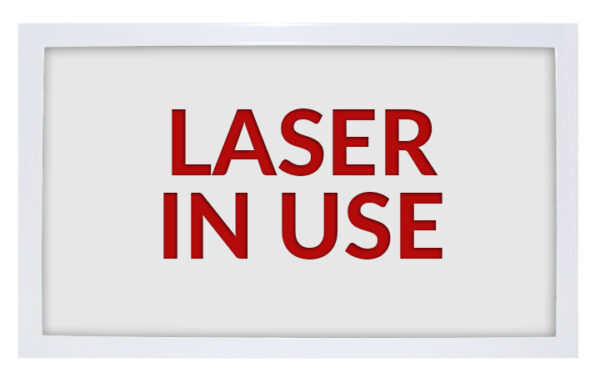
Laser In Use LED Laser Warning Sign
$149.99 – $189.99 Select options This product has multiple variants. The options may be chosen on the product page
Laser warning signs can be included with laser curtains and barriers as well. When placing an order for a laser barrier, laser curtain, or laser barrier system, browse through our laser warning signs collection. This will ensure that the proper safety measures are in place and that all personnel are informed and aware of the potential hazards associated with operating a laser system.




